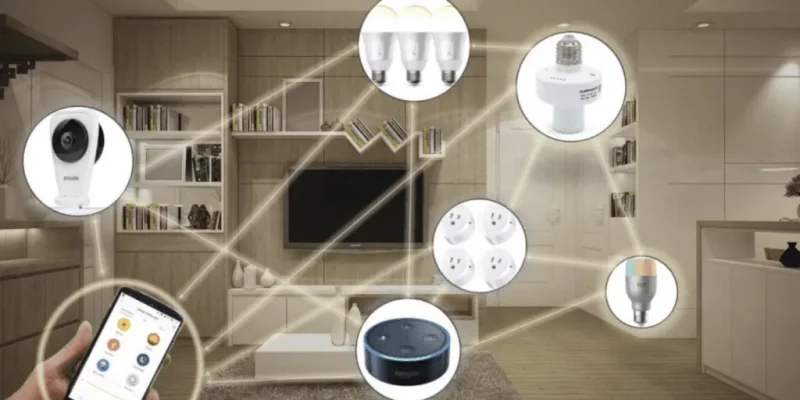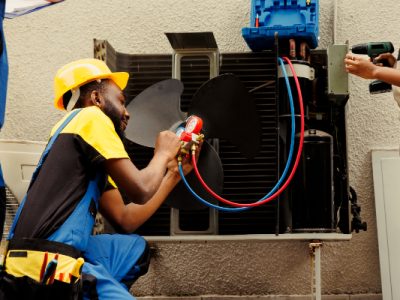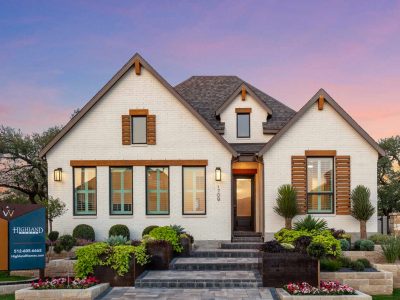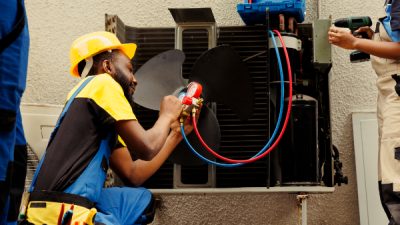Security features in condominium buildings vary widely in effectiveness and practical value for residents. While marketing materials like the River Modern Brochure might highlight various security elements, distinguishing between truly effective measures and mere selling points requires careful evaluation. Not all security features provide equal protection, and some create inconveniences that outweigh their benefits for everyday living.
Access control fundamentals
Entry point security forms the foundation of adequate condominium protection, with layered access controls providing the most reliable barrier against unauthorised entry. The most effective systems combine multiple verification methods rather than relying on a single barrier.
- Secure key fob systems with non-duplicable credentials
- Video intercom systems allowing visual verification of visitors
- Secondary access controls for amenity spaces and parking areas
- Delivery management systems preventing unauthorised package access
- Visitor management protocols for service providers and guests
These fundamental access controls establish clear boundaries between public and private spaces while accommodating legitimate visitors. The effectiveness of these systems depends not just on the technology employed but also on resident compliance with security protocols and consistent enforcement by management.
Surveillance that works
Camera systems vary dramatically in security value depending on coverage, quality, monitoring protocols, and integration with other security measures. Effective surveillance goes beyond simply installing visible cameras. High-resolution cameras with adequate lighting capture usable footage rather than grainy, indistinct images that provide little value after an incident. Strategic camera placement covering all entry points, parking areas, and common spaces eliminates blind spots that compromise overall security. These systems should include sufficient storage capacity to maintain recordings for at least 30 days, ensuring footage remains available for investigations.
Personnel considerations
Human security elements often provide more effective protection than technology alone, though their implementation varies widely between properties. The difference between effective and ineffective staffing lies in training, responsibilities, and integration with other security measures.
- Concierge staff trained in security protocols and visitor management
- Dedicated security personnel with clear patrol responsibilities
- After-hours monitoring staff with emergency response procedures
- Management personnel with security oversight authority
- Maintenance staff trained to recognise and report security concerns
Properties with well-trained personnel who understand their security responsibilities generally provide better protection than those relying entirely on technology. The most effective approach combines technological solutions with human oversight, creating complementary layers of security.
Unit-level protection
Individual unit security features provide the final critical layer of protection that residents control directly. While building-wide systems protect common areas, unit-level measures safeguard personal spaces and belongings. Solid-core entry doors with deadbolt locks and peepholes represent minimum standards rather than premium features. Reinforced door frames prevent forced entry much more effectively than alarm systems that activate after a breach. Window locks on accessible units prevent intrusion while allowing ventilation when desired. Smart locks with temporary access codes enable secure service provider access without key distribution.
Emergency response capabilities
How a building responds during emergencies reveals much about its security infrastructure. Effective emergency systems address prevention and response, ensuring resident safety during various scenarios.
- Automated emergency notification systems alert all residents
- Backup power for critical security systems during outages
- Clear evacuation routes with appropriate lighting and signage
- Emergency response plans are known to staff and residents
- Regular testing and maintenance of all emergency systems
These measures demonstrate a comprehensive security approach that addresses everyday concerns and extraordinary circumstances. They provide protection beyond marketing claims to deliver genuine resident safety, representing the true purpose of adequate condominium security.













Comments